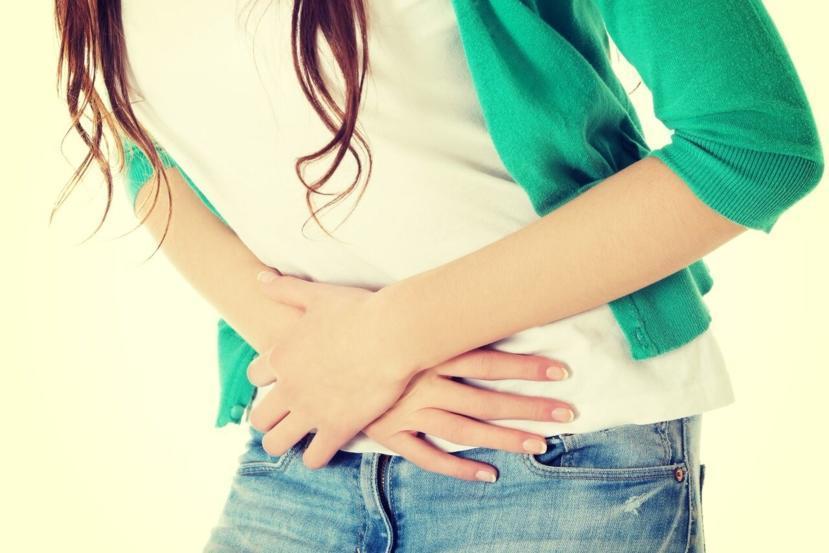What Is An Appendectomy, and How Does It Treat Appendicitis?

Health care personnel can see many cases of appendicitis by checking an individual medical history and then doing an examination of the physical makeup. When one does not have any sign of the disease, the health personnel, will perform laboratory and other tests that could diagnose appendicitis. The health care personnel could ask questions like when the pain commenced, the severeness of the pain when you first saw the signs, any other related previous diseases and if the patient is under any alcoholic substances. Physical examination includes the health care person applying some pressure to feel the extent the abdomen has been affected.
Diagnosis of appendix is sometimes tricky because the signs and symptoms are similar to other diseases like Crohn’s disease, gallbladder infection, gastritis, colitis. Even if the condition is critical the symptoms are mostly unclear.
Physical diagnosis
Responses showing the presence of the disease include; Psoas sign, this is where the muscle that is over the appendix becomes painful on stretching it or applying pressure on it. Rovsings sign is seen when applying pressure upon release pain is experienced. Obturator sign is felt when bending of the left knee results in pain due to flexing of the Obturator muscle. Guarding sometimes occurs when an individual bends the below muscles. Rebound tenderness can also be used to check for the disease where pressure applied on the lower right side of the abdomen shows the presence of infection.
Medical diagnosis
Laboratory tests can also be used in checking for the diseases including; blood test where analysis of the sample is carried out and high numbers of white blood cells show infection. Urinalysis could also be used in testing through analysis to show the disease or show a urine infection. Pregnancy test could also be carried out to see any infection in the body. Abdominal ultrasound could also be done with a transducer to figure out the infection through the application of gel on the skin and running the machine over it, this is done mostly in children and women and shows the breakage easily. A magnetic resonance could also be used to show the disease state through applying of dye and checking its reaction. A CT scan could also be used in scanning for the disease through x rays and use of the injections and are seen by the radiologist to see the disease.
How to treat appendix?
Appendicitis is the treated by surgery to let go of the appendix. This is the process of cutting to remove the appendix. Anti biotic is prescribed before the surgery to reduce the infection of the abdominal cavity. The operation is carried out under general anesthesia. Laparotomy is one of the methods of removing the appendix through the cutting of the lowest side of the abdomen. Laparotomy is used when the infection in the inner lining of the abdomen has spread. A large cut is made from the middle of the abdomen to remove the appendix.
Procedure of laparoscopy
Laparoscopic is another method of surgery where many several smaller cuttings are also applied to remove the infected appendix.
- A tube to inflate the abdomen with a gas is pumped. This helps the surgeon to have a clear picture of the appendix.
- Another small tube (laparoscope) gives images of the inside on a monitor.
- The appendix is then removed with the help of surgical tools.
Open surgery method
A laparoscopy is not recommended to everybody. These includes
- An appendix has already burst, forming a lump (appendix mass)
- Inexperienced surgeon
- Patients who have previous open surgery of the abdomen
In such cases a single large cut is made in the lower right abdomen and the appendix is removed. In all the surgical methods the incisions are either closed with dissolvable and regular stitches. The latter stitch needs to be removed after few weeks of the operation.
When the appendix bursts the person with the disease may be ill and have nausea, vomit and experience fever. Sometimes pus develops in the appendix when it bursts and during treatment, it is squeezed out and then treatment applied, and health personnel does an operation on the individual six to eight weeks later to remove the burst appendix.
Hence persons who think they got appendicitis should see medical personnel immediately for fast diagnosis and treatment hence reducing the probability of the appendix bursting and reduces the period it takes to regain. The organ does not perform any important function and hence getting it removed does not have any problems in the future as well.
Recovering from appendicitis
The main advantage of laparoscopy is that the recovery time is very short. Most of the patients are discharged from the hospital after 24 hours of the surgery. If there is any complication like peritonitis; the recovery takes few weeks.
Pain and bruising after the surgery is treated with painkillers and improves with time. If a patient experiences pain at the tip of the shoulder for over a week; it is because of the gas that was pumped during the surgery. The patients also complain about short term constipation which goes away on its own.
One needs to contact the doctor or surgeon when
- The pain and swelling increases
- Have repeated vomiting
- High fever
- Wound is hot to touch and any discharge seen from the wound
Risk after appendectomy
There are few risks like infection of the wound, bleeding and swelling, scarring, collect of puss (abscess) and hernia that cause serious problems and can only be treated with medical help. Doctors usually advice about how to take care of the wound and what activities should be avoided before the discharge. However Patients can return to their normal routine after few weeks.
Home care methods after appendectomy
Research has also shown that the way people feed can be a major contributor to the disease. Once one has been treated he or she will be under soft foods and drinks till the infection is over. Foods like milk, eggs, soups, rice, meat, fish and baked potatoes are recommended for reducing the recovery period.
After the operation the patient needs to keep the incision area clean so that there is no other infection and it heals fast.
Is there any way to prevent appendix?
Study shows that people that have high fibrous diet are less prone to appendix.











